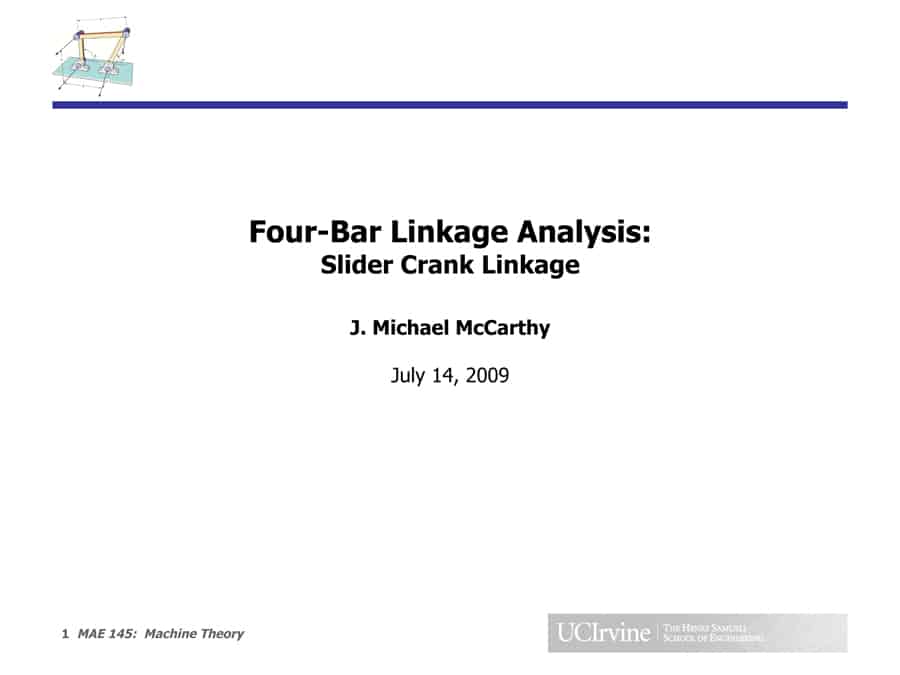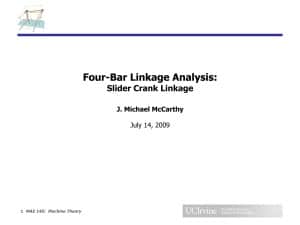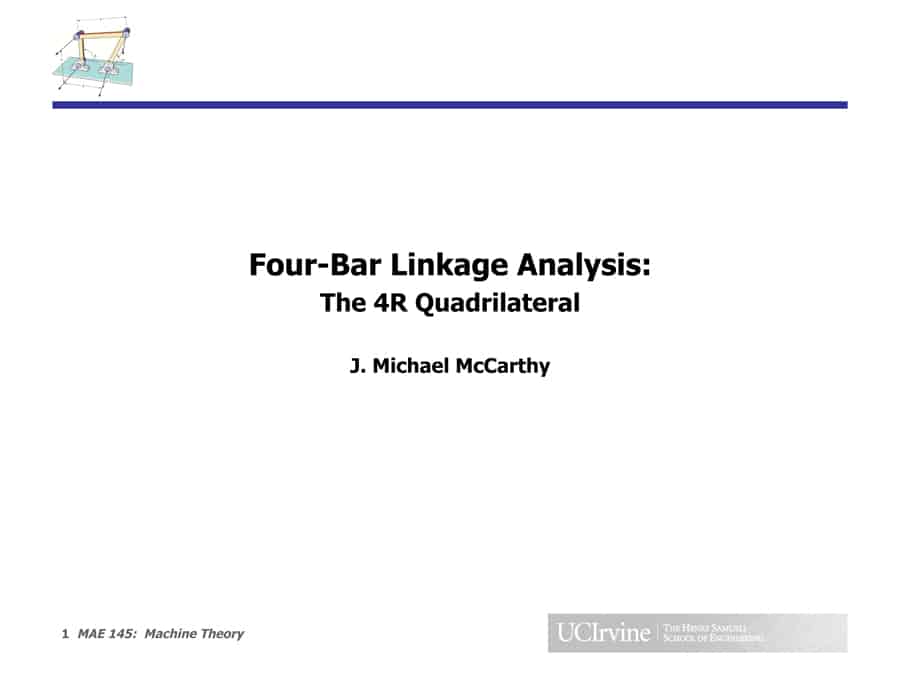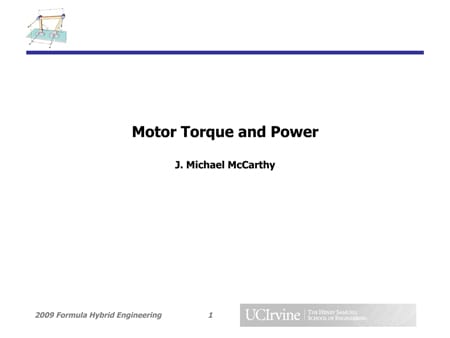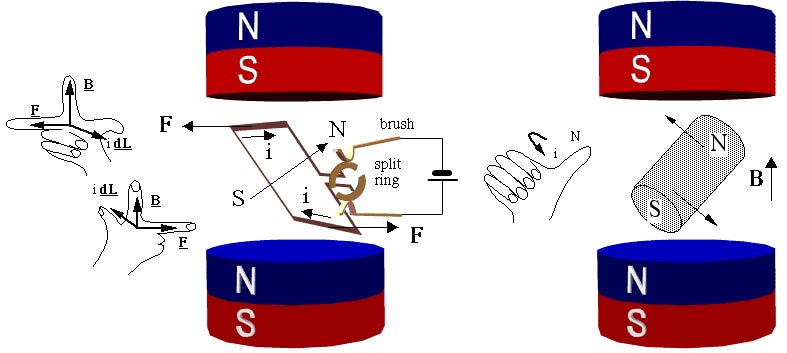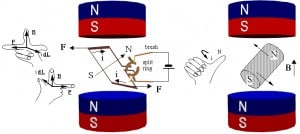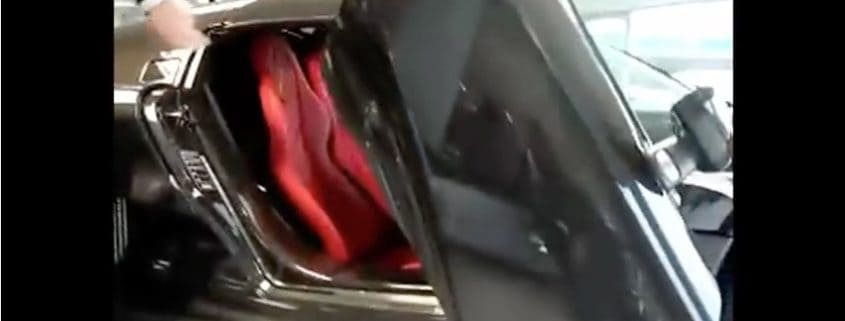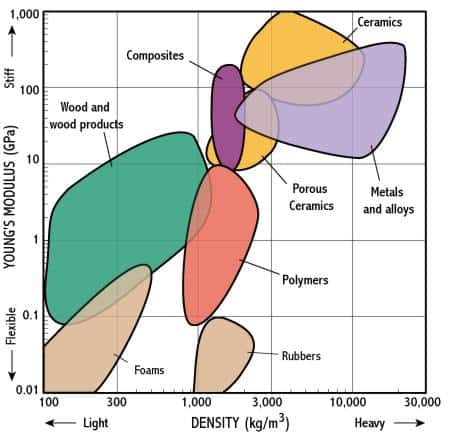There are a variety of numbering systems for materials such as steel. The unified numbering system (UNS) uses a letter to designate a material category followed by five numbers constructed from the existing materials designations to coordinate all of these numbering systems.
The unified numbering system (UNS) is described in Wikipedia at the link: Unified numbering system
Some of the category letters for steel are:
– G for AISI/SAE carbon and alloy steels;
– S for stainless steels; and
– T for tool steels.
Generally, the standard designation is inserted after the letter defining the material category. For example, AISI/SAE 1018 carbon steel has the UNS designation G10180.
The AISI-SAE steel alloy designation system is listed in Total Materia.
Also see Wikipedia at the link: SAE steel grades


